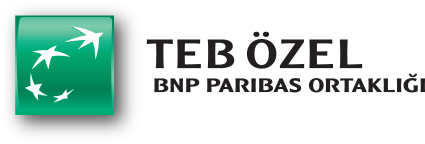 1 / 12
1 / 12

 1 / 12
1 / 12

Huma Kabakcı is a young and dynamic contemporary art collector; she is gradually expanding the collection she took over from her father with her own vision, acquiring various artworks by prominent Turkish and international artists. Taking advantage of every opportunity for self-development, she sincerely believes in the importance of reading and travelling in becoming a great collector; we talked about her life surrounded with art since her childhood, her collection and future projects.
Your interest in art goes back to your childhood. You had an early encounter with it thanks to your father’s collectorship. How did you discover your interest in art? Any specific memories from your childhood days?
I have been surrounded by art since I was born. It took me some time to realize it; for I thought it was normal. When I visited my friends’ houses, I couldn’t make sense of the empty walls in them. My father began collecting paintings in early 1980s. I was born in 1990; at that time he had already started 8-10 years ago. There was also the gallery back then, the Ramko Art Gallery at Atiye Street. I remember going there very often as a child; I used to sit in front of the window, watching people go by. Artists used to visit our home very often as well. We used to spend time together.
You are taking the collection you inherited from your father to another level. How did the collection’s character change in time?
First of all let’s start with how my father defined collectorship. He used to say that a private collection should continue at least for four generations and he referred to it as a relay race. So I’m still only the second generation. I hope it continues in the future as well. As I was born in the nineties as a Post-Internet child, I will always have an approach and areas of interest different from his. But my father’s vision is very important as well and I absolutely don’t want to erase it. I see it as the collection’s departure point and I preserve that memory too; there are some works I know I will never take out of the collection. For instance, works by Ferruh Başağa, Fahrennise Zeid, photographs by Ara Güler, and some artists from the Turkic republics that my father had acquired… Of course I’m more interested in contemporary art rather than modern art. In his final years, my father had already begun to collect contemporary art as well, including works by Güçlü Öztekin, Ardan Özmenoğlu, and Ramin Haerizadeh, an Iranian artist. We used to travel together; I received art education in high school and I was studying advertising-business administration in London. When I was 18-19 years old we went to the Biennale of Venice and Art Basel. During our visit I found Susan Hefuna’s work interesting and I told this to my father. I acquired my first artwork with him. In 2008 I had done an internship at a large gallery in London. At that time Ai Weiwei was not that famous. The Documenta exhibition had just happened. Kader Attia… A few other artists… There I got to know Susan Hefuna. This is how I became exposed to the subject.
How many artworks are there in the collection? What kind?
A little more than 800. They are mostly paintings but looking at the acquisitions during my time, photography and installation gained emphasis. Recently I am also careful at dedicating more emphasis to video. Yet video is less well known, both in terms of copyright and future preservation. I proceed slowly and with caution. It can be said that I enjoy political works; but I prefer more subtle ones. For example, you have seen works by Özlem Günyol and Mustafa Kunt downstairs. I avoid works that are too directly political. Moreover, I can also see that, compared to my father, I focus more heavily on female artists. In this sense, Güneş Terkol, Meriç Algün Rinborg, Etel Adnan, Almagül Menlibayeva are the names that stand out in my collection. And this is not a bad thing. Even Tate Modern’s mission statement in recent years appears to manifest a growing emphasis on female retrospectives.This is globally lacking and female artists need much more frequent exposure. This doesn’t necessarily mean Feminism either. In fact, my collection is still male-dominant. I have recently acquired a photograph of David Bailey taken with Salvador Dali as well as a work on the notion of memory from Hiroshi Sugimoto’s theatre series titled “Sam Eric P.A.”.
In the period 2008-2012 contemporary art grew exponentially in Turkey and we experienced many firsts. Today we are able to see that at that time many artists’ prices were exaggerated and nowadays they have fallen considerably in this economic and political environment.
And the collection’s geographic profile?
Actually I prefer a thematic approach as seen in the recent exhibition at Pera Museum, since we all come from so many different places in this global, multicultural world… I say this also considering my own family and its roots, and I am in favor of not looking at things from a purely geographical point of view. The Pera Museum show was also organized in thematic rooms. One room was about memory; the latter was also divided into three subcategories. There was the issue of identity and forms. And then Modernity. But looking at the collection in its entirety, it has a section on Turkey and Turkic republics since 1950s, in addition to some works from what we can call the Middle East. Iran, Egypt, a few works from Georgia… Caucasia…
Actually we can say that it encompasses a region extending from Asia to North Africa…
Indeed.
How did the exhibition project at Pera Museum emerge? I suppose this was not your first exhibition… The collection was previously shown in other contexts…
That’s true. Our first museum exhibition was realized with my father’s initiative in 2010 as part of the Ruhr 2010 Project. The show visited two museums in Germany. Another stop was Hungary.
As a touring exhibition, its Istanbul 2010 version couldn’t happen. Earlier that year an exhibition had already taken place as my father took the Tüyap Collectorship Award. But a museum exhibition couldn’t take place in Istanbul. In this sense the Pera Museum Show was a first, also for the museum itself; they organized a private collection show for the first time. It was exciting. In 2017 I am planning to do an exhibition, again in Germany; in that show I want to present a portion of the collection that rather belongs to me. 60% of the Pera exhibition featured works acquired by my father, and 40% by me. On the other hand, in 2017 I would rather show where the collection is headed. I myself will have a chance to see it through this project. And perhaps I will make my future choices in accordance with it.
What would be the most utopic artwork you would like to add to your collection? Something you cannot reach or afford at the moment?
This is a wonderful question! If I had unlimited resources and space, the first to come to my mind would be Ilya and Emilia Kabakov. Their “Monumenta 2014: Strange City” exhibition at the Grand Palais 2-3 years ago; they even had an installation which itself was about the concept of utopia. I would be satisfied with an installation-home made by them! It would be unbelievable. I can count many more examples.
Currently the most important artwork in the collection for you?
The only reason for me to choose curatorial studies both in my master’s degree and my newly starting Ph.D. is my unwillingness to establish an exaggerated bond with the collection. For when it happens, I realize it turns into a disease; I had even noticed it when I was little. This is a very big responsibility; it is not just about love. There are many artists whom I admire and want to work with; but sometimes they don’t conceptually fit into my collection. I’m very careful at keeping the two separate. Of course there are works in the collection I’m deeply attached to and these also change in time. For example the neon work titled “Art Is My Husband” by Ardan Özmenoğlu reflects me very well. I have recently bought a photography series by the Italian artist Chiara Fumai; she writes “W.A.R.N.I.N.G” in sign language.
Are your acquisition decisions based more heavily on personal taste or do you also consider the investment value? Do you take the artist’s career path and similar parameters into account?
I prefer not to consider it as investment and I have a consultant: Dr. Tayfun Belgin. He is also a museum director. He was my father’s last consultant. I want him to remain my consultant until I finish my Ph.D. education. For the collector can be too passionate and can decide on an impulse without giving it a second thought. We all surely did mistakes; so did I. You need to control it a little bit. Also in selling artworks it is necessary to proceed ethically and with caution, taking the artist’s future into consideration. I don’t find it normal to release 3-4 artworks at once by the same artist in one auction. That’s very bad for the artist. In the period 2008-2012 contemporary art grew exponentially in Turkey and we experienced many firsts. Today we are able to see that at that time many artists’ prices were exaggerated and nowadays they have fallen considerably in this economic and political environment.
Which international art fairs do you follow regularly?
Art Basel in general but I skipped it this year after visiting it for seven years consecutively. I’m always more interested in the Art Basel events outside the fair. By this I don’t mean the fair’s seminar program, for it is too heavily oriented towards marketing and advertising. It is easy for me to visit Frieze as it takes place in London; I try to attend Fiac as well since it’s not far from us. This year I visited Jakarta; I wanted to see a more local event. Next year I intend going to Art Dubai and Sharjah.
The global center has been shifting, after all…
Even Documenta starts from Athens. A biennale emerged in Alaska, for instance… It is a very interesting topic for me. At some point during my academic research I want to examine the reasons of this shift of art fairs. I want to collect data on this; but it has to wait for a while.
Your favorite curators?
I think Defne Ayas is a very interesting curator. She is genuinely interested in Chinese art. She does challenging projects. Vasıf Kortun is a director rather than a curator; he himself does not prefer to see himself that much as a curator. But he is a very important figure. Ute Meta Bauer abroad; he is currently in Singapore. An extremely promising, unbelievable scholar and curator. On the other hand, Nancy Spector is one of the most important female figures. Among the deceased, Harald Szeemann is incredible; even his referring to himself as an “exhibition producer” is in itself very important. Today, the notion of “curator” has changed a lot; even Kanye West can present himself as one. It is very different from museum curatorship. We are able to see various functions such as “curator as researcher”, or “curator as exhibition producer”.
Do you plan creating a museum for your collection or turning it into a permanent exhibition at an art space open to public?
I would definitely like to create an Art Space. Time will Show that. If I have children in the future, they can do it as well; why not?
I think the research stage, meeting artists, visiting artist studios, or a dinner during which I get to talk to gallerists… That memory, those events inspire you.
In Turkey?
Yes. The majority of the artworks are in Turkey anyway. I can’t say a museum; for when we define private collection museums, it becomes extremely one-sided. I prefer an arrangement more open to public instead of a branding like that.
How do you preserve the works?
Each has a different shelf. They are preserved at 22-24 degrees Celsius, 40-50% humidity. They are also isolated from sunlight.
For you, which is the most seductive aspect of collecting? Is it the ownership, the exhibition, or the preliminary research that excites you the most?
I think the research stage, meeting artists, visiting artist studios, or a dinner during which I get to talk to gallerists… That memory, those events inspire you. Once you buy that artwork its value is even greater. Books could also count; or something written by the artist himself.
Can we say that you also collect books? Do you collect items other than artworks?
I definitely have a book mania; it might have come both from my father and my mother. They already interest me as a researcher. When I go abroad, for instance I find many books at Walter König in Cologne. There is the Hatchards in London; it is my favorite bookstore. Here, Robinson Crusoe before it closed down. I also like Minoa in Akaretler. But in my case, this thing for books can be a sort of a junk deal. Even when I went to England, my books had a mixed arrangement; my workstyle is a bit messy anyway. I am like that in cooking too; my mother always gets mad at me.
I guess you have a passion for cooking…
Yes. I’m very creative in this realm. I invite my friends over. Once I cooked for 50-60 people. I prepared various kinds of meze.
I suggest the beginners to travel and to see a lot in the early stage, and to talk to as many people as possible.
Did you have collections as a child?
I used to have stickers when I was in the first and second grade but I gave them away later on. Then there were the TY Babies; they had around 100 animals of various colors. I still keep them; I could not throw them away.
Your recommendations for beginners in collecting contemporary art?
I suggest they read a lot and visit a lot of galleries and buy nothing in the first two years. They shall talk to the artists; they shall visit various collectors’ houses if they can. That would be amazing. For instance there was this collector in Jakarta when I went there this year. He was one of Indonesia’s most important collectors. He collects extremely political and memento mori works, related to death and identity. I saw one more collection and the two were radically different. The passion in the first one was absent in the second. I noticed the second collection had a more speculative approach; they obviously bought for investment those artists also preferred by other collections. However, the first had some star names but they had been collected earlier. He presented it in such a way that I was literally moved and meeting such people can be very inspiring. I suggest the beginners to travel and to see a lot in the early stage, and to talk to as many people as possible. Even if they can’t travel, they shall read books and online art news; for example they can check online blogs like the Art Newspaper, Artnet, Blouin Art Info, Artsy, Ibraaz. Then they can start buying; this way they can avoid big mistakes in the future.
This interview is conducted by İpek Yeğinsü on behalf of Art50.net for TEB Private.



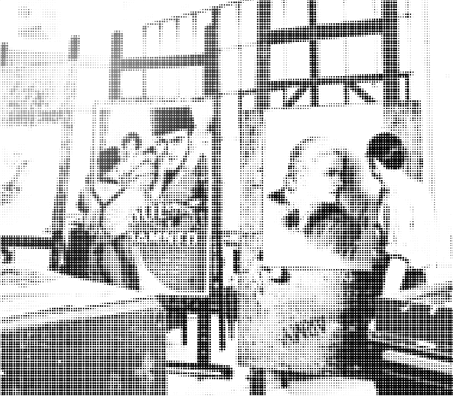



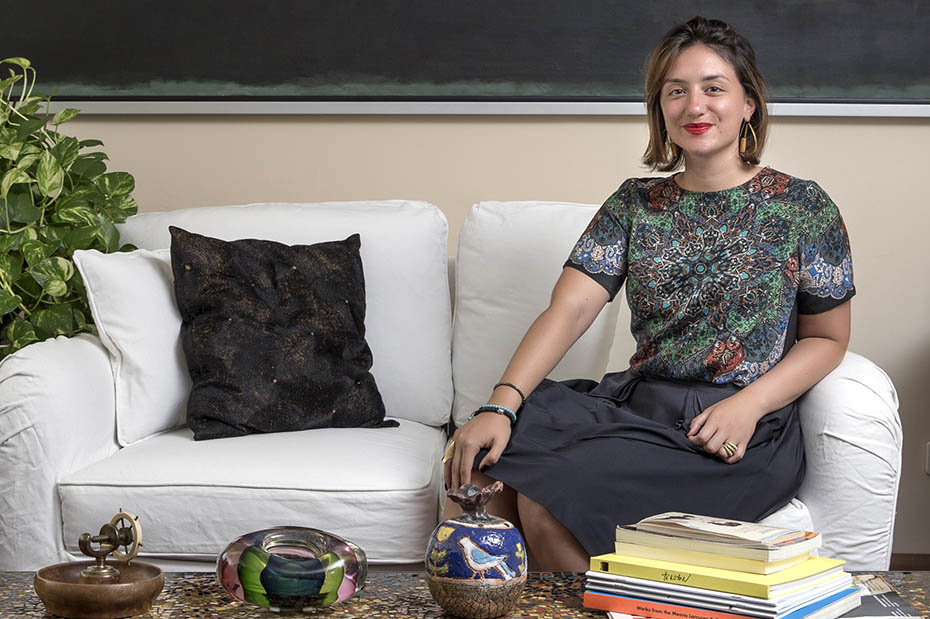
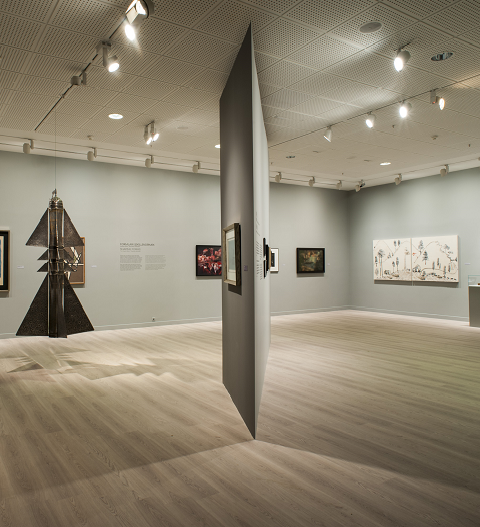
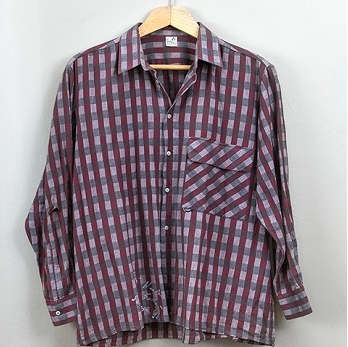

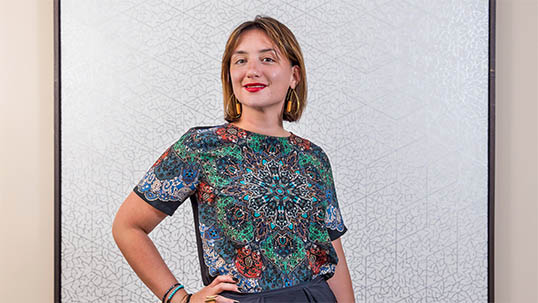
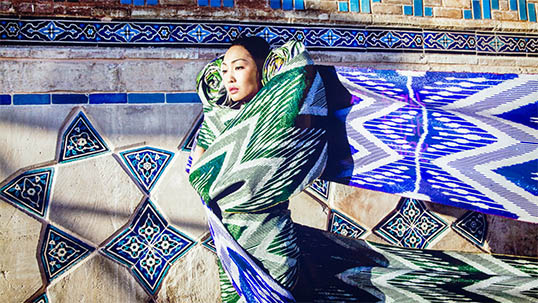
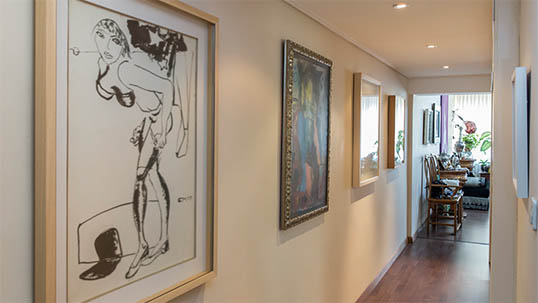
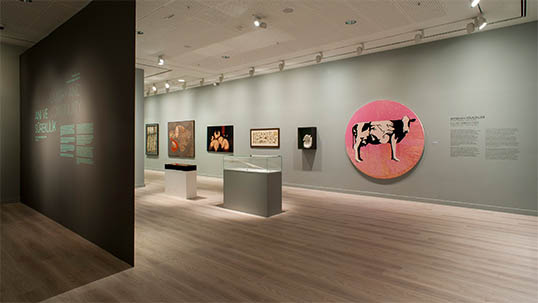
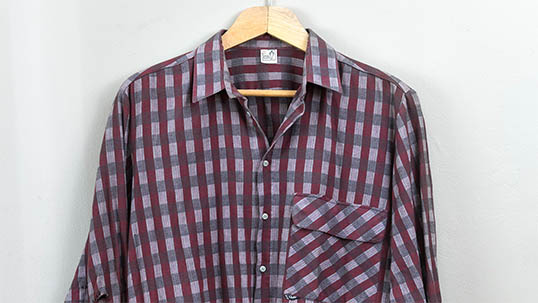
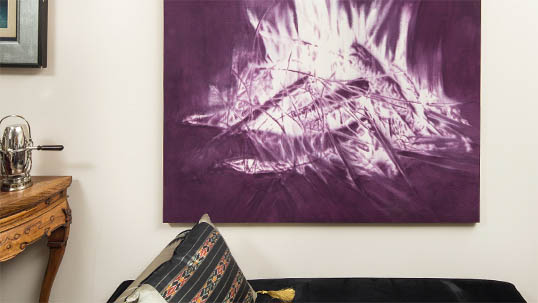
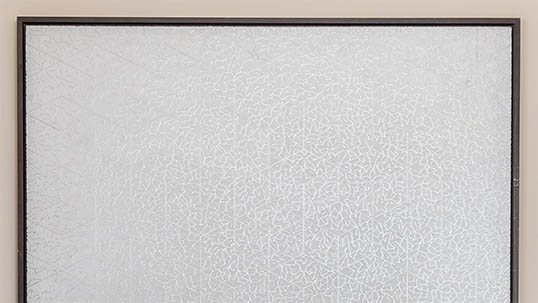
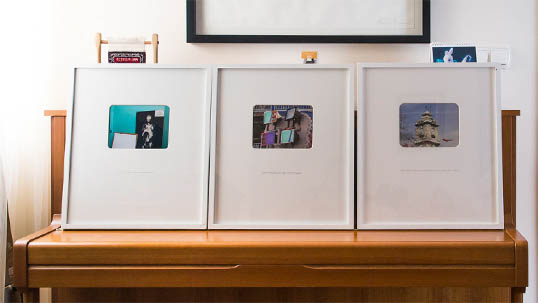
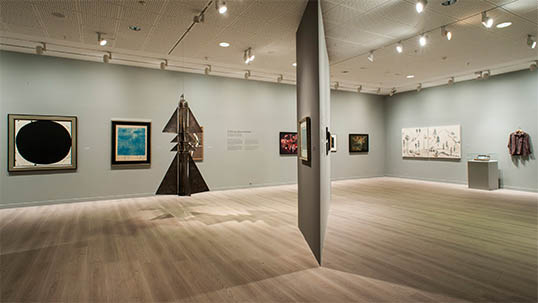
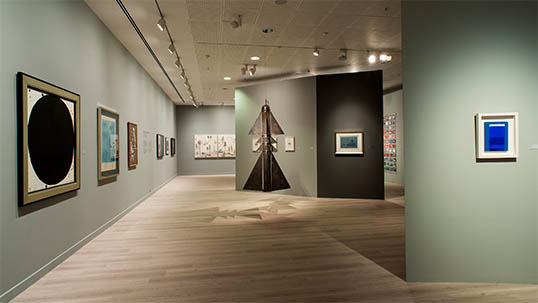
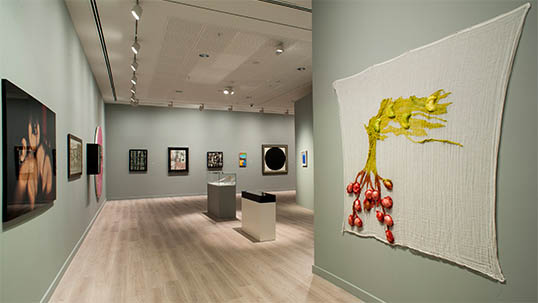
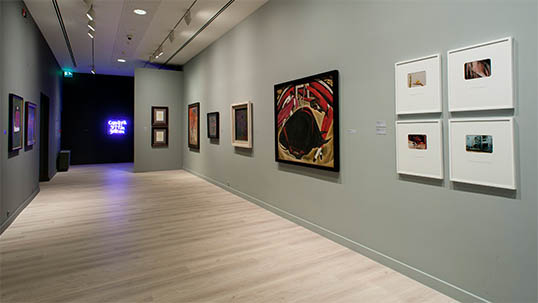


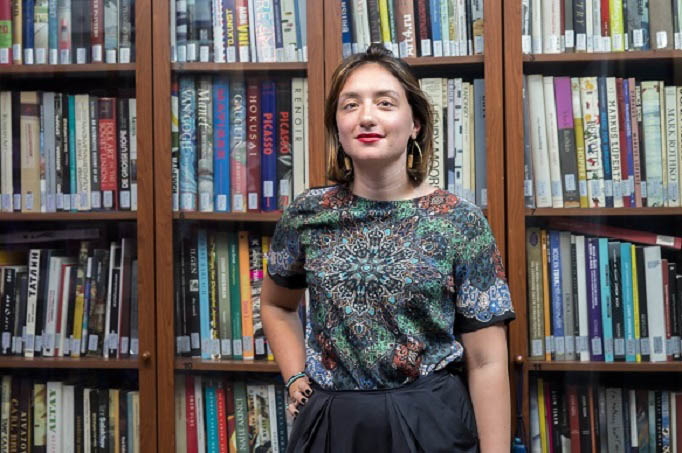
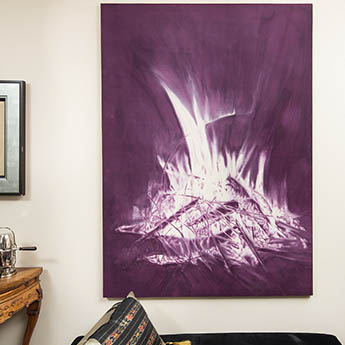
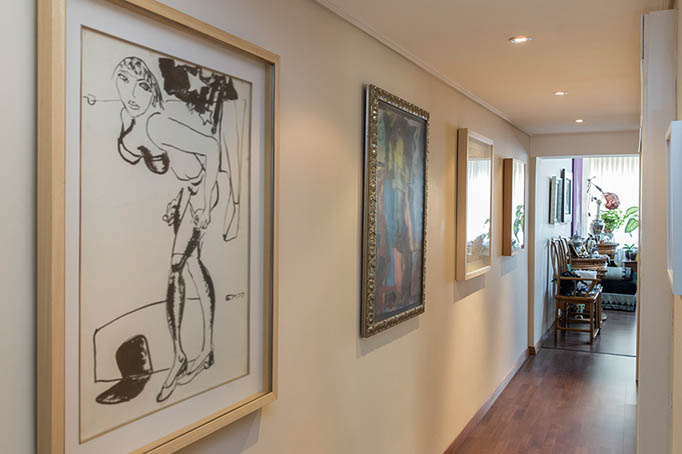
 UP
UP
